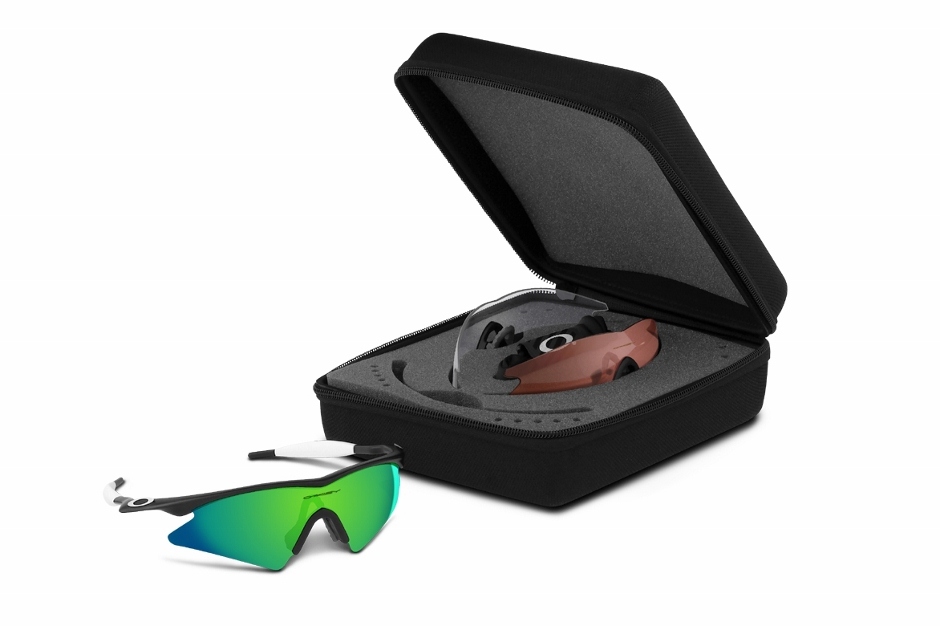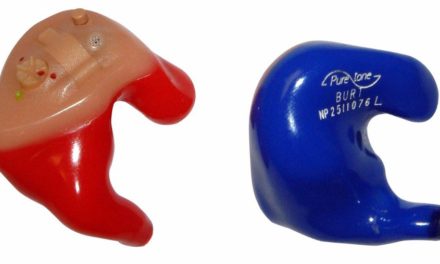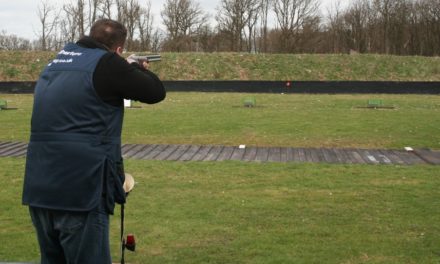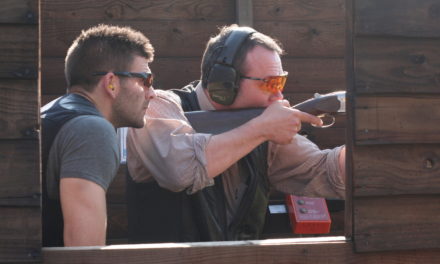The sport of shooting is enjoyed by people of all ages and it is estimated that there are around 1.4 million legally held shotguns in Great Britain. Shooting is also one of the safest rural sports to take part in.
Most of the advice that is given below is just down to good common sense but it is always handy to have a few pointers especially if new to the sport.
Carrying the shotgun in a slip – When being transported, not in use for a length of time and in between stands, it is common practice to keep your shotgun in the slip. This shows other shooters that the shotgun is safe and gives your shotgun the added protection against dirt and grime not to mention knocks to the woodwork.
A shotgun should be broken just before removing it from the slip. The barrels in the slip should never be pointed at anyone and the shotgun should be treated as loaded until proven safe. As it is drawn from the slip, do not touch the trigger and make your first priority to check that the barrels are clear and even then, still handle it as if it were loaded.
On replacing the shotgun in the slip, you should check that the gun is clear and insert the barrels into the slip before closing the gun and then finally fastening the slip.
Carrying a shotgun out of a slip – When you are not shooting but have your shotgun out of the slip, it should be carried at all times empty, broken and over the crook of the arm. It should not sit on the shoulder, have the muzzles resting on your feet or be carried in any other way.
When passing a shotgun to someone else, it should be proven empty, open and passed stock first. This allows the recipient to see that the barrels are clear.
Cartridges – Only cartridges that are suitable for your gun must be used. On the barrels of your shotgun there will be a proof mark, gauge or bore and chamber length. If you are unsure of what these mean, you must ask someone that does. Your local club, retailer, or police licensing section will always help. Care must be taken that the shot size and type is suitable to be fired. Some shotguns cannot be used with non-toxic shot.
Care must be taken to not mix cartridges up when shooting with someone that is using a different size or gauge. Keep them separate. Cartridges or a smaller size can be inadvertently loaded into a larger sized shotgun with dire consequences.
In the event of a cartridge miss fire, keep the barrels pointed in a safe direction, wait 30 seconds (in case of slow burn in the propellant) and then open the gun carefully.
Common sense – Never shoot unless you are sure it is safe to do so.
· Always have the safety catch on ‘safe’ until the moment before you fire.
- Always bear in mind the possibility of a ricochet, particularly across water or off branches and vegetation.
- Never load a shotgun unless you are expecting a shot.
- Never travel with a loaded shotgun.
- Never put down a loaded shotgun or leave it unattended.
- Never touch the triggers until you want to fire.
- Never attempt to shoot unless you are steady on your feet.
- Never shoot unless you are certain of your target and can see it clearly.
- Never shoot at, or near, overhead power lines or insulators.
A full guide to the shotgun code of practice can be found here at BASC.





